In its deep conception, the INITIAL STATION Project is about a development model for Santa Fe city in Argentina. It aims to transform it into a center of services exportation and development of pioneering ideas by establishing a new ecosystem which facilitates and fosters the growth of the companies with active and innovative politics; within a common space: General Belgrano Railway Station. This proposal involves the creation of 5,000 new jobs in the industry of Services Based on Knowledge (like IT or AI), creating additionally thousands of indirect jobs that will consequently give support to the core business. A significant shift in the social, educational and labor structure in the city of Santa Fe, one that will last forever.

INCLUSION
Academic training in subjects related to technology.
Active politics of inclusion for the disabled.
All accesses and sectors 100% inclusive.

DEVELOPMENT
Generation of alternative and renewable energies that partially meet the needs of the Technological Hub.
Sustainability and commitment with the environment.
Indoor spaces and green roofs.

SUSTAINABILITY
Economic and Social evolution. Education and Labor evolution in the city of Santa Fe.
Inclusion of Santa Fe within the most developed worldwide economies.
Changes in the productive matrix of Santa Fe city.
Location
Initial Station is an enterprising matrix that involves a certain way of doing things and a certain way of thinking. Its main purpose is to favor the economic, social and cultural development by comprehensively managing opportunities and resources; being technology companies the most important core. This project is meant to restore a degraded urban area, one that was once a driving force for the city development. It is intended to restore its dynamics on the basis of an economy based on knowledge and innovation. It aims at binding together Santa Fe city, its inhabitants and work to worldwide networks of information. Thus, strengthening the history and heritage of General Belgrano Railway Station and its immediate surroundings.
About the Opportunity:
Congruity:
All levels of the state support and understand the potential these kinds of projects have. (The Nation, the provinces, the Cities)
Argentinean Time Zone
(half day is shared with USA, Europe, Israel and other significant economies. In some cases, whole day is shared with the east coast of USA).
New laws and politics
They create a better context for Software Development Companies, Scientific Research and Startups.
Local Education:
Three universities with international prestige (UTN, UNL and UCSF) and other private universities and institutes.
R&D:
Conicet Research and Development Institute located in the City of Santa Fe.
Scientific Acceleration:
This is a program involving entities that provide financial and technological help to potential projects. The city of Santa Fe was one of the three selected after a request for bids.
JIJE Program:
It stands for “Jornada Internacional de Jóvenes Emprendedores” an international conference for young entrepreneurs which has been conducted by UNL for 12 running years.
Human Resources:
Argentinean resources have a high level of creativity and excellent level of English: also access to public education.

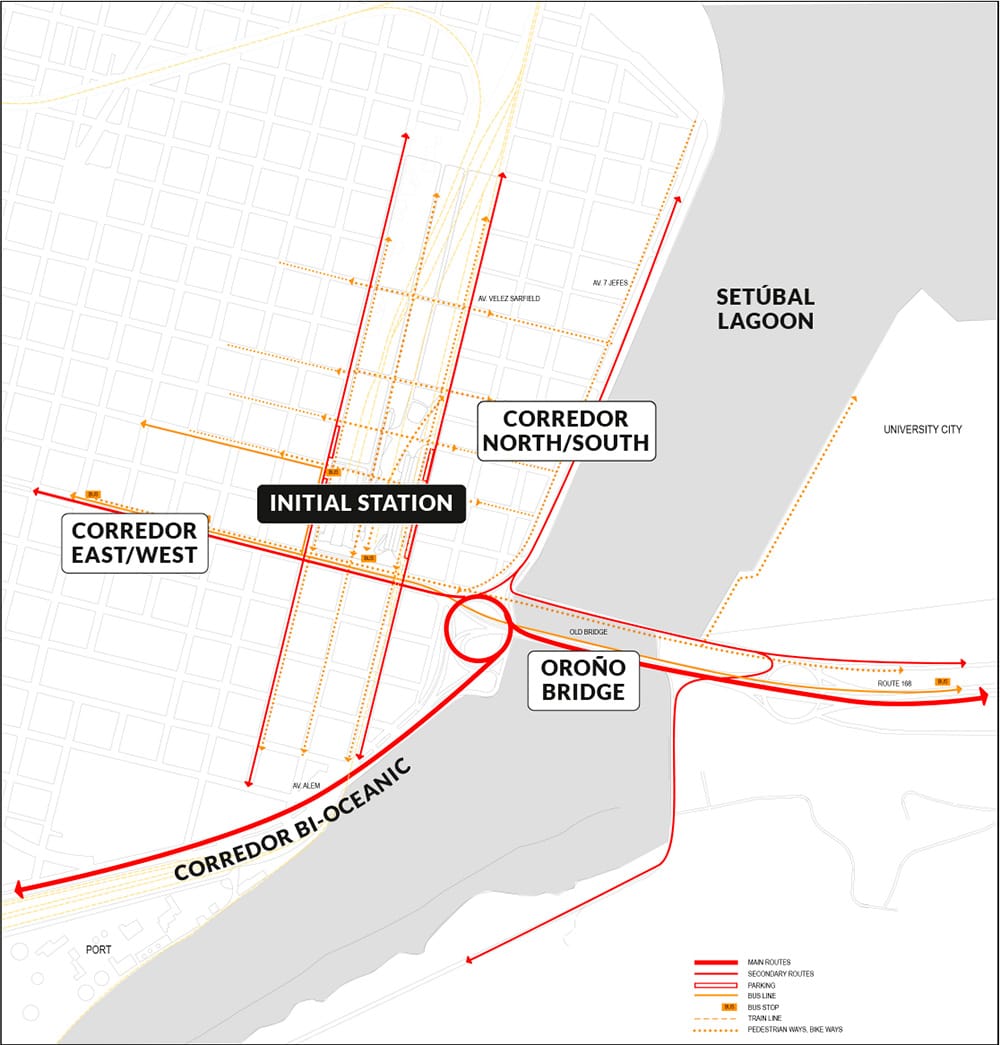
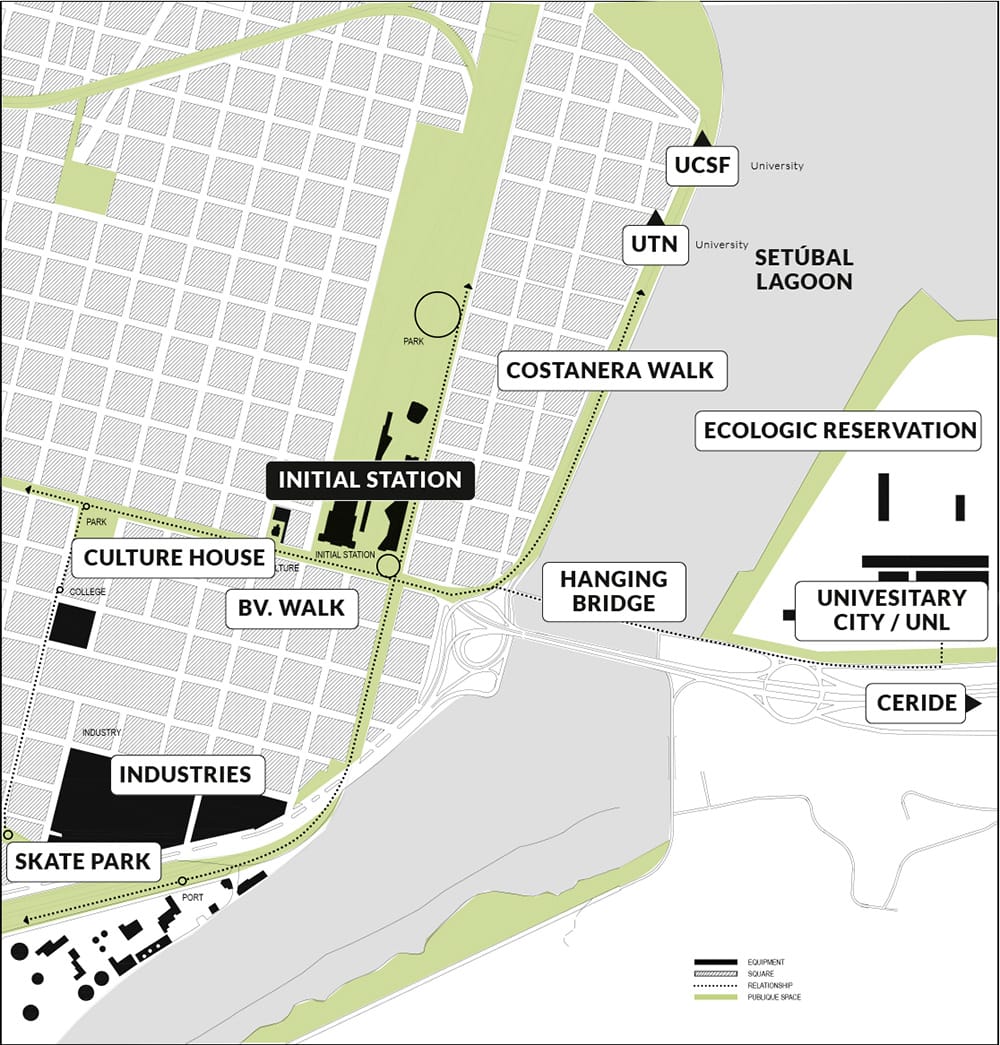
Public Space Continuity
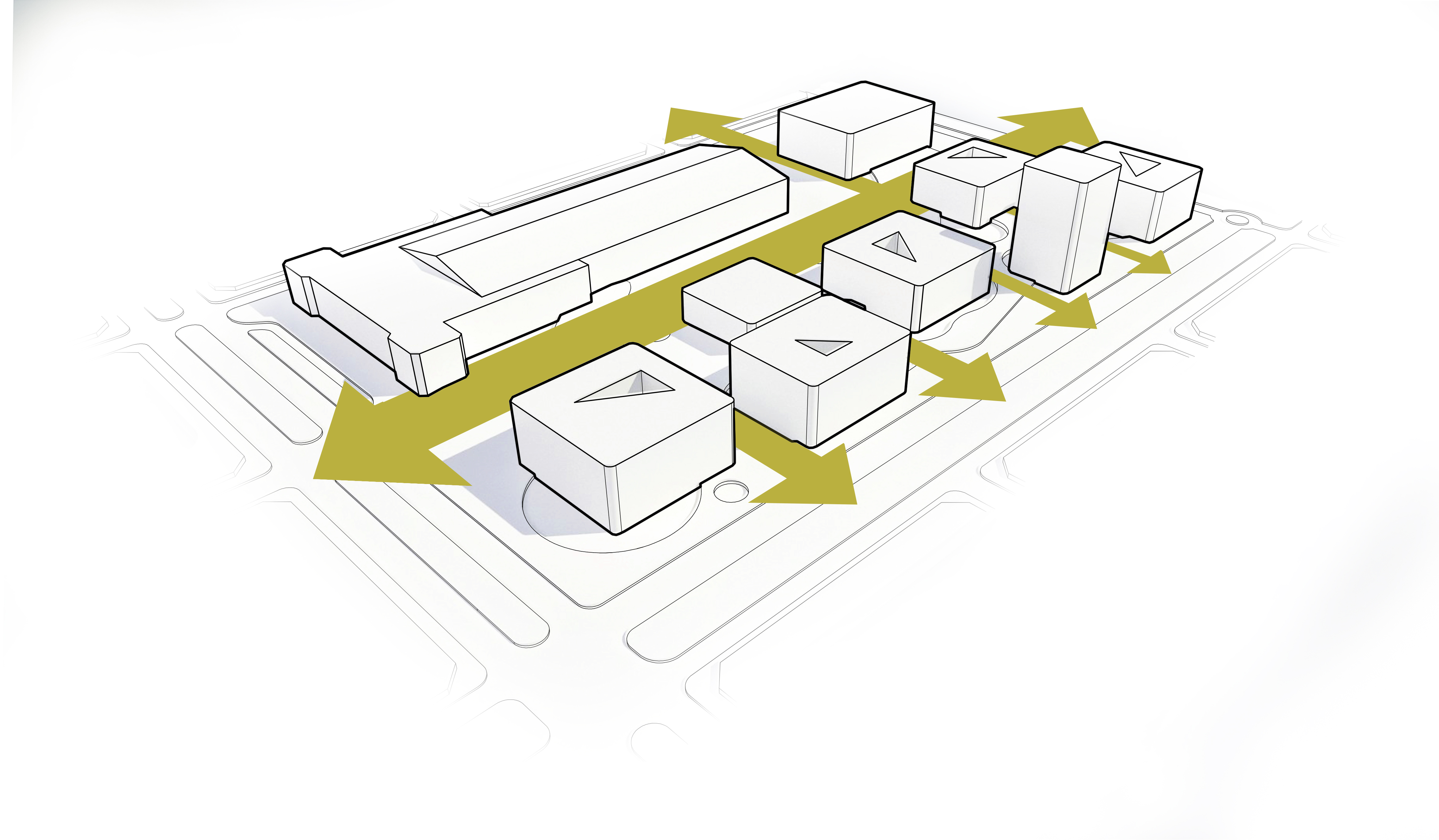
Super-Block
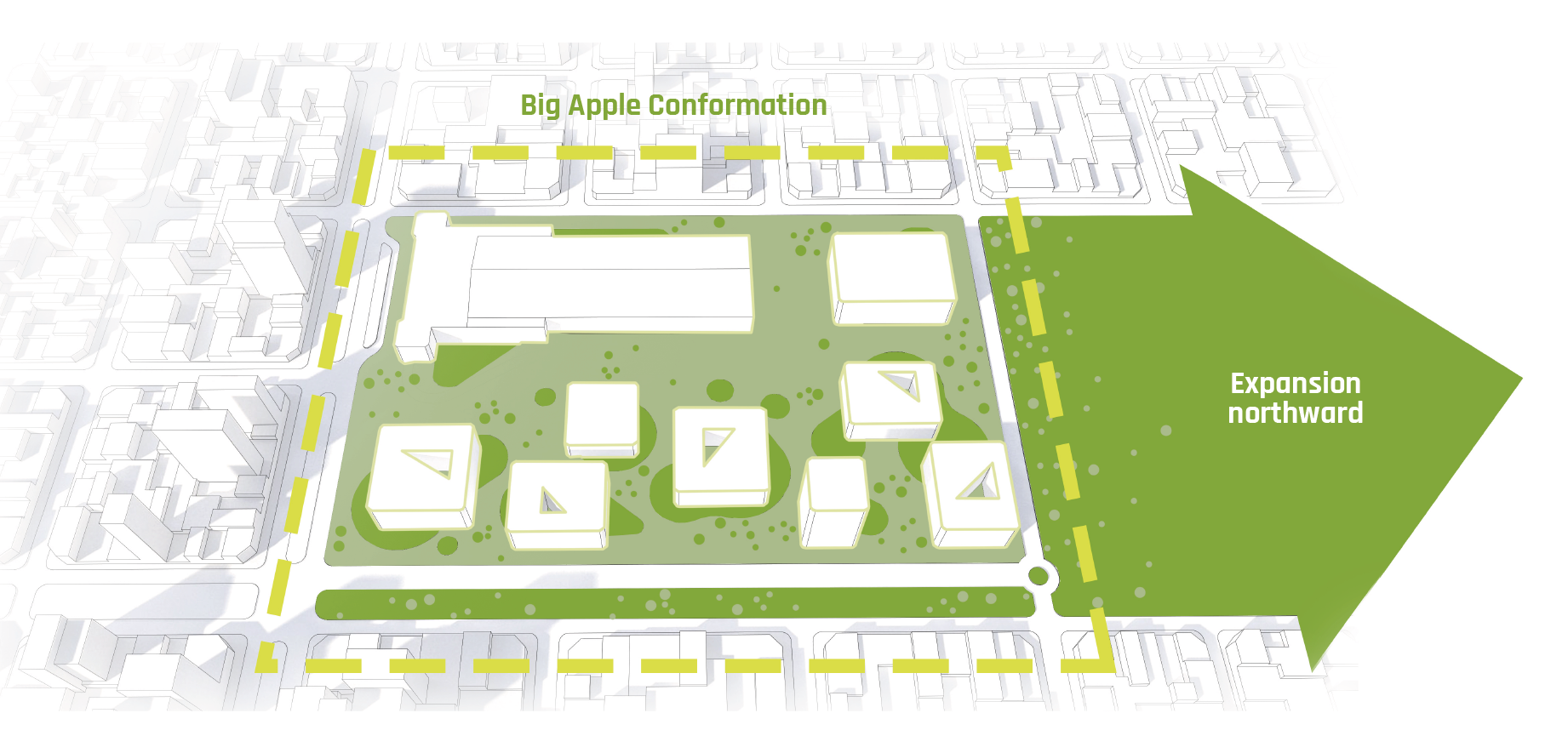
Staging
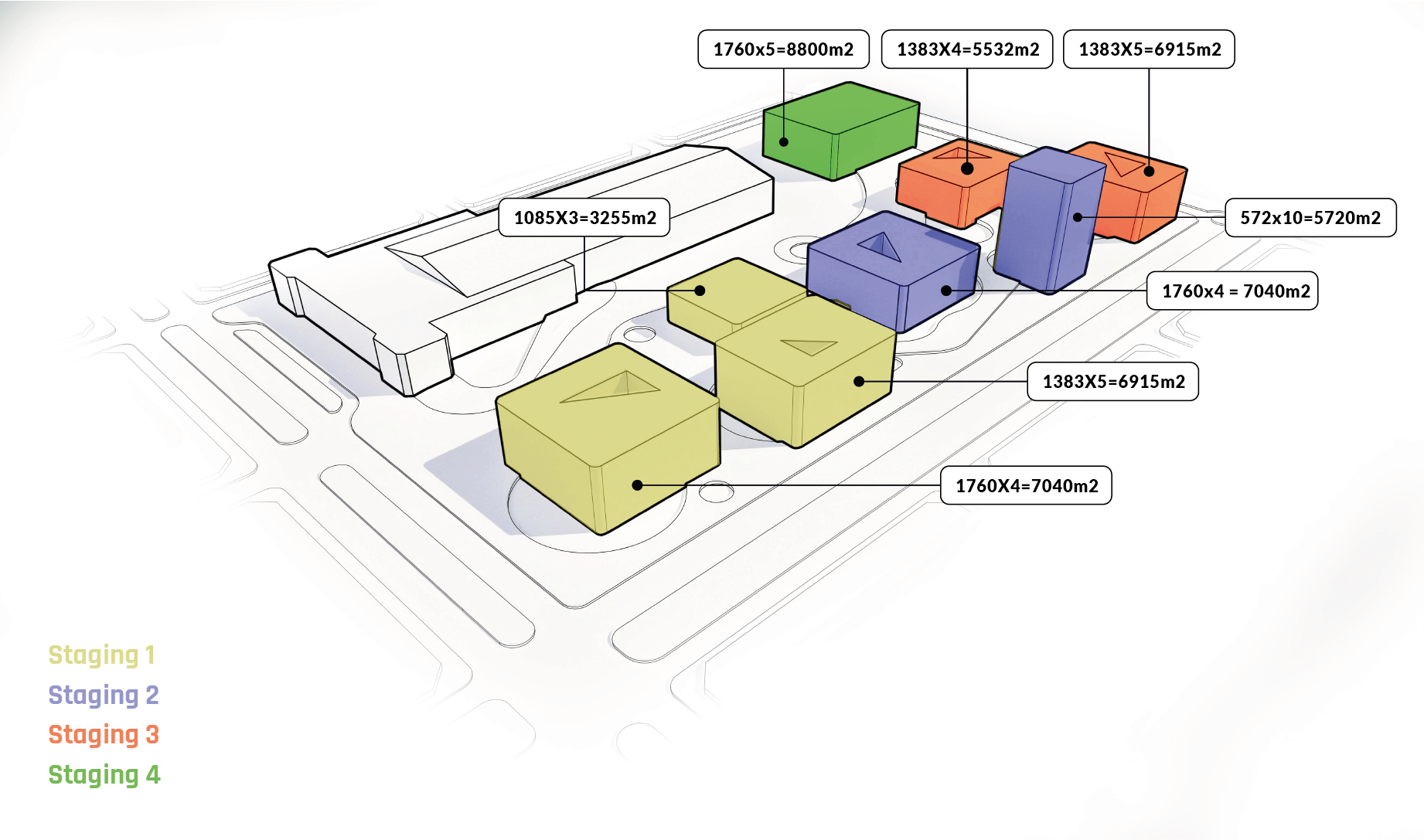
Streets
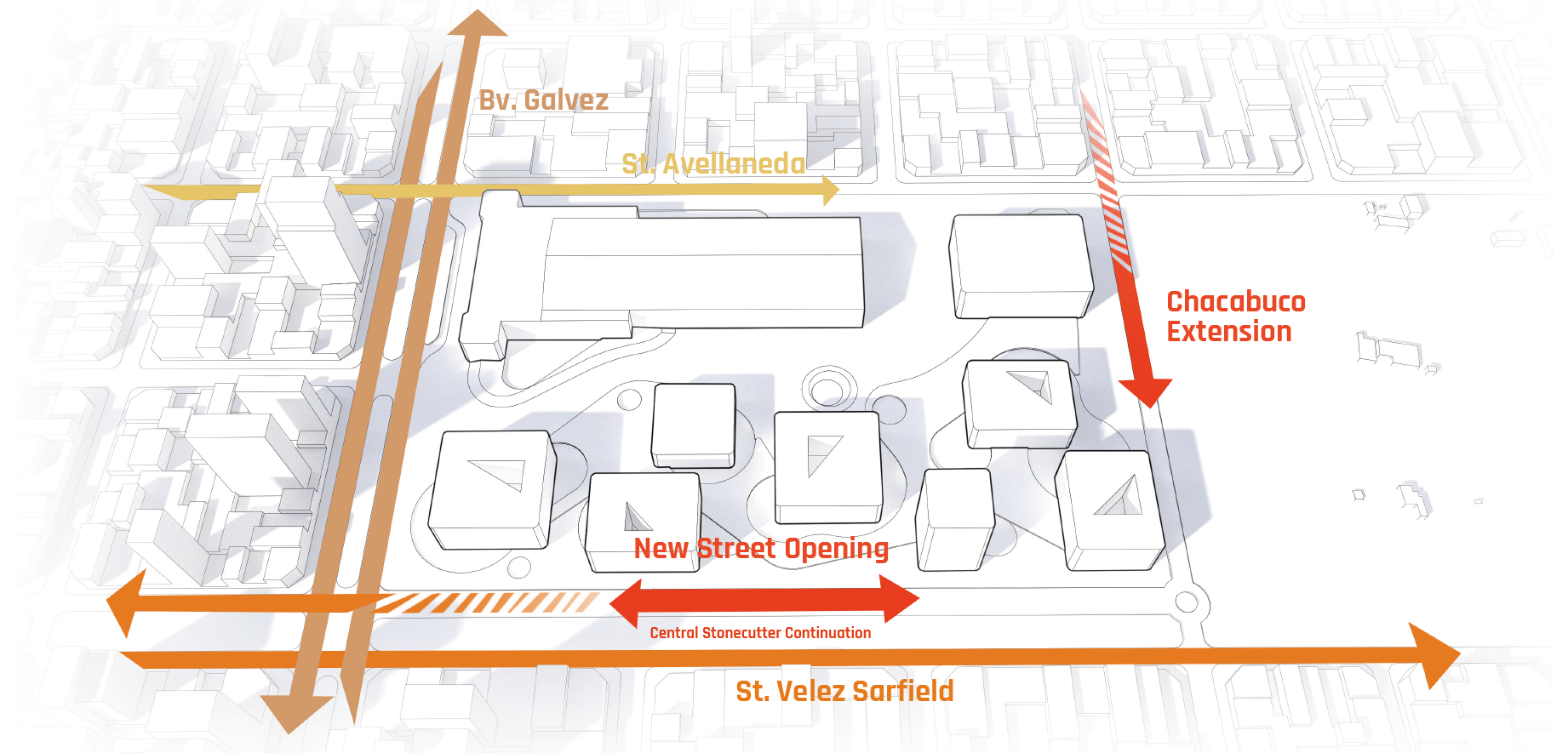
Access Points
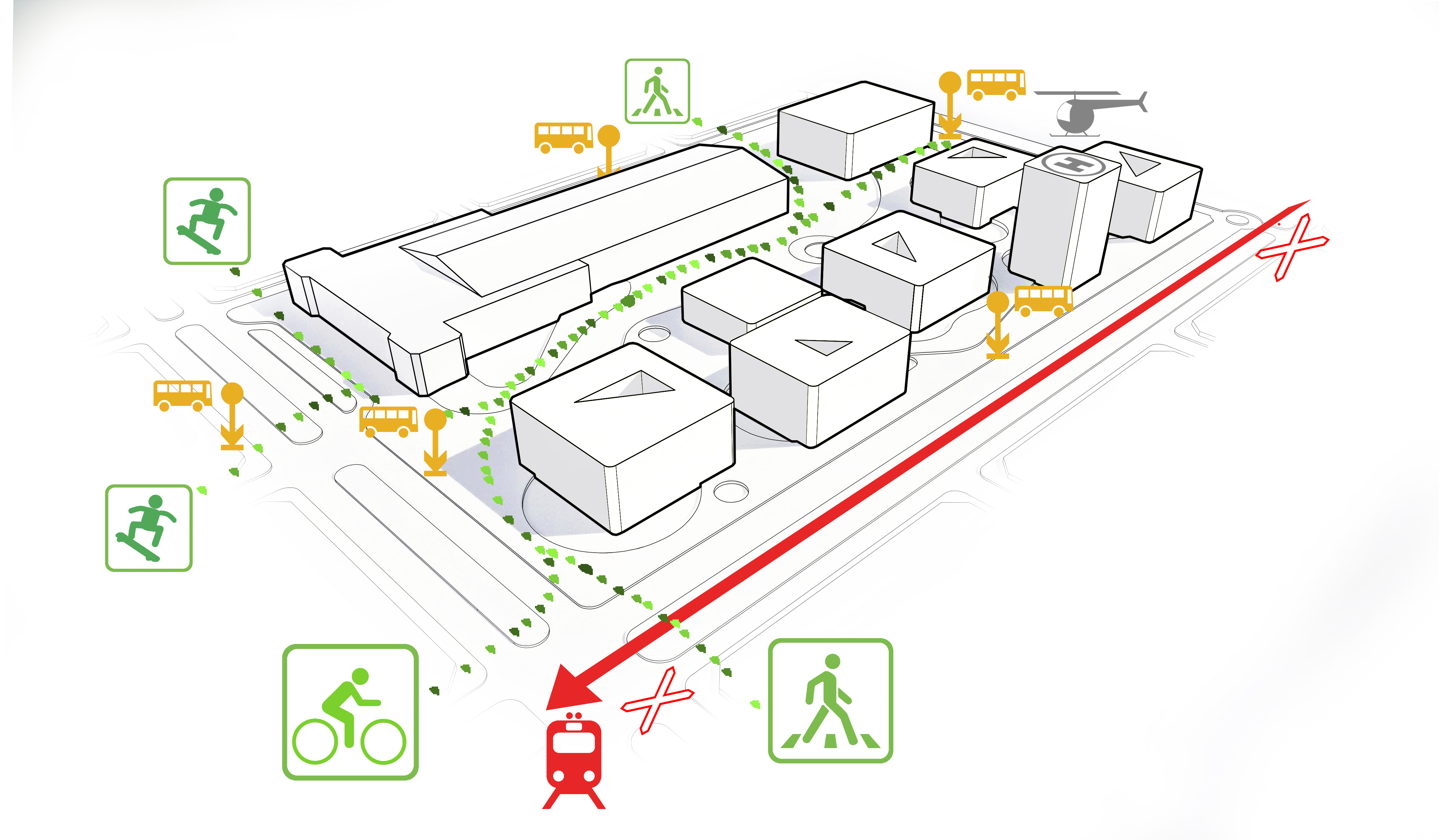
Future Stations
National Plan
Select a location pin to learn about it.
Salta
5400 New Jobs
Is a city located in the Lerma Valley, at 1,152 metres (3780 feet) above sea level in the northwest part of Argentina. It is also the name for the capital city of Salta Province. Along with its metropolitan area, it has a population of 619,000 New Jobsinhabitants, which makes it the second most populated city in the northwest of the country.
San Salvador de Jujuy
2300 New Jobs
Commonly known as Jujuy and locally often referred to as San Salvador,is the capital city of Jujuy Province in northwest Argentina. Also, it is the seat of the Doctor Manuel Belgrano Department. It lies near the southern end of the Humahuaca Canyon where wooded hills meet the lowlands
San Miguel del Tucuman
5300 New Jobs
Is the most densely populated, and the smallest by land area, of the provinces of Argentina. Located in the northwest of the country, the province has the capital of San Miguel de Tucumán, often shortened to Tucumán. Neighboring provinces are, clockwise from the north: Salta, Santiago del Estero and Catamarca. It is nicknamed El Jardín de la República (The Garden of the Republic), as it is a highly productive agricultural area.
Resistencia
2900 New Jobs
It is bordered by Salta and Santiago del Estero to the west, Formosa to the north, Corrientes to the east, and Santa Fe to the south. It also has an international border with the Paraguayan Department of Ñeembucú. The capital, and largest city, is Resistencia. With an area of 99,633 km2 (38,469 sq mi), and a population of 1,055,259 as of 2010, it is the twelfth most extensive, and the ninth most populated, of the twenty-three Argentine provinces. Chaco Province has historically been among Argentina's poorest regions, and presently ranks last by per capita GDP and on the Human Development Index.
Corrientes
3500 New Jobs
Is the capital city of the province of Corrientes, Argentina, located on the eastern shore of the Paraná River, about 1,000 New Jobskm (621 mi) from Buenos Aires and 300 New Jobskm (186 mi) from Posadas, on National Route 12. It has a population of 328,689 according to the 2001 Census. It lies opposite its twin city, Resistencia, Chaco. It has a mix of colonial and modern architecture, several churches and a number of lapacho, ceibo, jacaranda and orange trees. It is also home to one of the biggest carnival celebrations in the country. The annual average temperature is 20 °C (68 °F), with maximum and minimum averages of 45 and 5 °C (113 and 41 °F) respectively. The annual rainfall is around 1,200 New Jobsmillimetres (47 in).
Posadas
3500 New Jobs
Is one of the 23 provinces of Argentina, located in the northeastern corner of the country in the Mesopotamia region. It is surrounded by Paraguay to the northwest, Brazil to the north, east and south, and Corrientes Province of Argentina to the southwest. This was an early area of Roman Catholic missionary activity by the Society of Jesus in what was then called the Province of Paraguay, beginning in the early 17th century. In 1984 the ruins of four mission sites in Argentina were designated World Heritage Sites by UNESCO.
San Juan
4700 New Jobs
Is the capital city of the Argentine province of San Juan in the Cuyo region, located in the Tulúm Valley, west of the San Juan River, at 650 m (2,133 ft) above mean sea level, with a population of around 112,000 New Jobsas per the 2001 census [INDEC] (over 500,000 New Jobsin the metropolitan area). It is a modern city with wide streets and well-drawn avenues with wide sidewalks and vegetation of different species of trees irrigated by canals, from which it derives its nickname oasis town. It has an important accommodation infrastructure and transportation. It highlights modern buildings and the surroundings, the reservoir and Ullum dam, spas, museums, large plantations of vines, and various types of agriculture, with wine being the most important.
San Luis
1700 New Jobs
At the feet of the Sierras Grandes, along the northern bank of the Chorrillos River, and is set in a Dry Pampas plateau around 730 m (2,400 New Jobsft) above sea level. Points of interest in the city include the Park of the Nations, the neoclassical cathedral, a number of museums including the Dora Ochoa De Masramón Provincial Museum, and the colonial architecture. A number of landmarks honor the Argentine War of Independence, as well. Independence Park features an equestrian monument to General José de San Martín, liberator of Argentina, Chile and Perú. Nearby Pringles Plaza honors Colonel Juan Pascual Pringles, one of San Martín's chief adjutants and, briefly, Governor of San Luis Province.
Rio Cuarto
2000 New Jobs
Is a city in the province of Córdoba, Argentina. Located in the south of the province, it has about 144,000 New Jobsinhabitants (2001 census [INDEC]) and is an important commercial and agricultural hub.
Santa Fe de la Vera Cruz
3400 New Jobs
Is the capital city of the province of Santa Fe, Argentina. It is situated in north-eastern Argentina, near the junction of the Paraná and Salado rivers. It lies 15 kilometers from the Hernandarias Subfluvial Tunnel that connects it to the city of Paraná. The city is also connected by canal with the port of Colastiné on the Paraná River. Santa Fe de la Vera Cruz has about 391,164 inhabitants as per the 2010 census [INDEC]
Bariloche
1200 New Jobs
Is a city in the province of Río Negro, Argentina, situated in the foothills of the Andes on the southern shores of Nahuel Huapi Lake. It is located within the Nahuel Huapi National Park. After development of extensive public works and Alpine-styled architecture, the city emerged in the 1930s and 1940s as a major tourism centre with skiing, trekking and mountaineering facilities. In addition, it has numerous restaurants, cafés, and chocolate shops. The city has a permanent population of 108,205 according to the 2010 census.
Neuquen
2300 New Jobs
Is the capital city of the Argentine province of Neuquén and of the Confluencia Department, located in the east of the province. It occupies a strip of land west of the confluence of the Limay and Neuquén rivers which form the Río Negro making it part of the Microregion of Alto Valle del Río Negro. The city and surrounding area have a population of more than 340,000, making it the largest city in Patagonia. Along with the cities of Plottier and Cipolletti, it is part of the Neuquén – Plottier – Cipolletti conurbation.
Bahia Blanca
3000 New Jobs
Is a city in the southwest of the province of Buenos Aires, Argentina, by the Atlantic Ocean, and is the seat of government of Bahía Blanca Partido. It had 301,572 inhabitants according to the 2010 census [INDEC]. It is the principal city in the Greater Bahía Blanca urban agglomeration. The city has an important sea port with a depth of 45 feet (15 m), kept constant upstream almost all along the length of the bay, where the Napostá Stream drains.
Contact us
If you want to know more about this project,
don't hesitate to write us!


